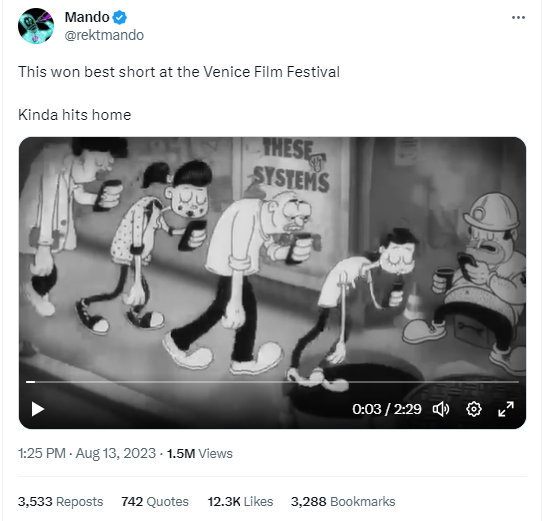This morning I received 17 wonderful gifts. Maria Popova’s website has been one of my places of respite for many years. In her most recent article, she celebrates her 17 years of online writing at “The Marginalian” by crystallizing 17 lessons she has learned along the way. Here is Maria’s introduction to her 17 lessons:
The Marginalian was born on October 23, 2006, under an outgrown name, to an outgrown self that feels to me now almost like a different species of consciousness. (It can only be so — if we don’t continually outgrow ourselves, if we don’t wince a little at our former ideas, ideals, and beliefs, we ossify and perish.)
What follows are merely the titles to Popova's 17 lessons. She discusses each of these more fully at her website. Everything she writes is, somehow, both analytically precise and poetic. I've printed this list and it has gone up on my wall so that I have daily reminders:
1. Allow yourself the uncomfortable luxury of changing your mind.
2. Do nothing for prestige or status or money or approval alone
3. Be generous.
4. Build pockets of stillness into your life.
5. You are the only custodian of your own integrity.
6. Presence is far more intricate and rewarding an art than productivity.
7. “Expect anything worthwhile to take a long time.”
8. Seek out what magnifies your spirit.
9. Don’t be afraid to be an idealist.
10. Don’t just resist cynicism — fight it actively.
11. Question your maps and models of the universe, both inner and outer, and continually test them against the raw input of reality.
12 There are infinitely many kinds of beautiful lives.
13. In any bond of depth and significance, forgive, forgive, forgive. And then forgive again.
14. Choose joy.
15. Outgrow yourself.
16. Unself.
17.Everything is eventually recompensed, every effort of the heart eventually requited, though not always in the form you imagined or hoped for.



